HISTORY AND PEOPLE
The Malagasy people
Originating from different countries in the past, Malagasy history and culture varies from region to region in Madagascar, each of the respective foko or ethnic groups have their own history, culture, dialect and way of life.
Highly preserved traditions

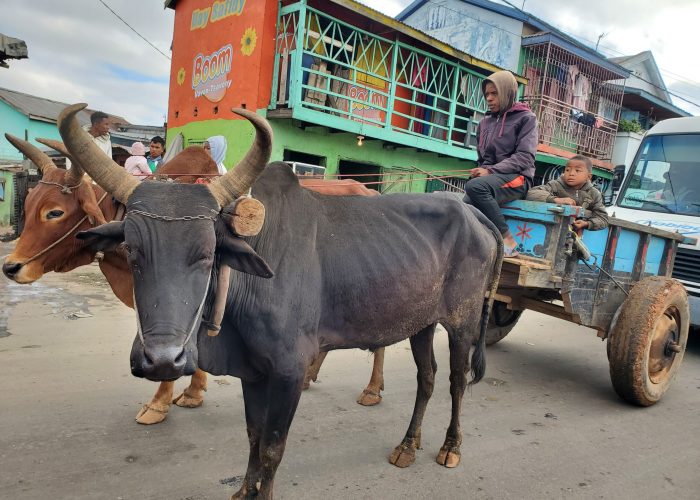
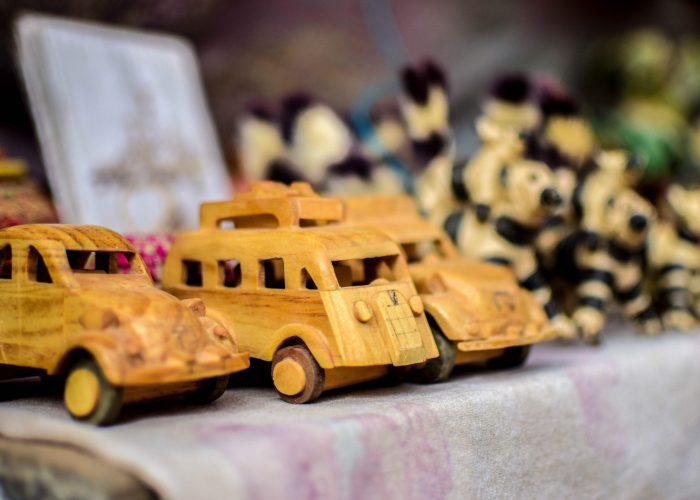
Madagascar has a diverse and mixed culture, the result of Asian, African and European influences. This culture reflects the island’s history, marked by different civilizations. One example of the preservation of their cultural identity is the Famadihana, a Malagasy funeral ceremony. It involves family gatherings, dancing, folk music and a large feast with zebu or pork meat. Another example is circumcision, an important practice in some Malagasy communities. In addition, there are specific cultural taboos that guide people’s social interactions and behavior, demonstrating their attachment to their traditions.
Religious people
Malagasy people are very religious and have a deep respect for their ancestors. For them, God or “zanahary” is distant and communicates through their ancestors. They have the “Tromba”, a ritual in which they contact the spirits of their ancestors. They also consult “Mpanandro”, diviners, to help them make important decisions. The Malagasy also strictly respect “fady”, which are prohibitions or taboos. These “fady” may concern a day, a garment, a place, or even a food…
– An important cultural element in Madagascar is the “hira gasy”. The Malagasy use the “hira gasy” as a form of education shared from generation to generation. It’s a show where musicians sing, dance and give theatrical presentations or speeches in competition with other groups.
Land of a thousand stories:
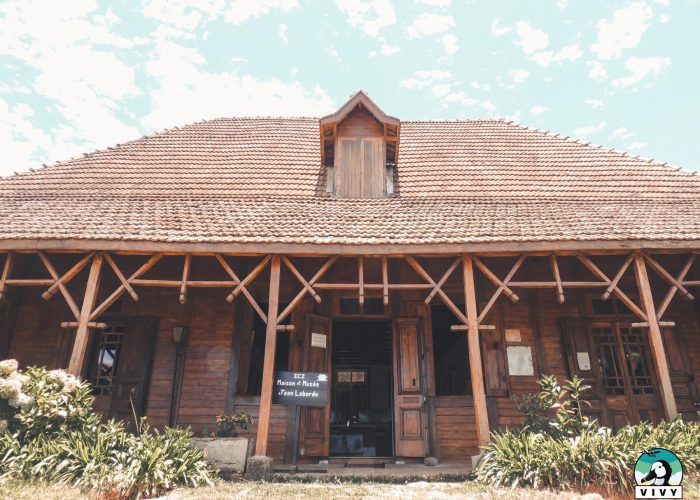
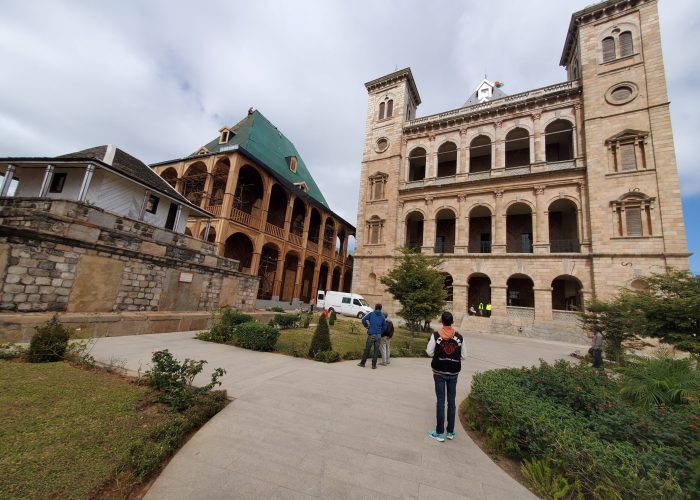
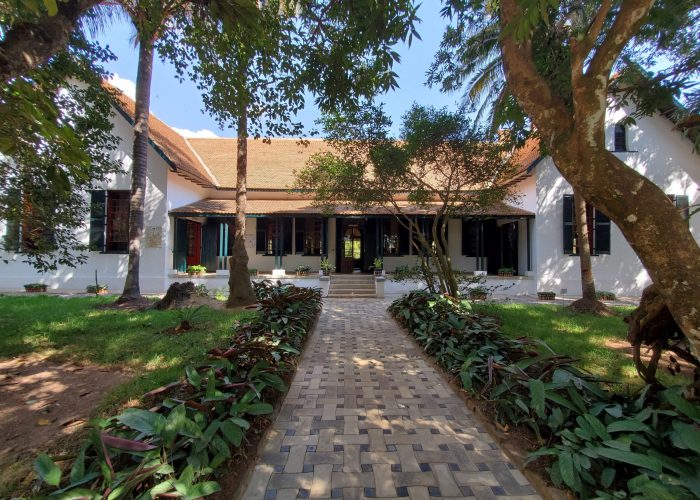
When you visit Madagascar, you’ll be greeted by a country rich in history and cultural heritage. Madagascan ancestors once landed on the island’s west coast, coming from the distant lands of Polynesia and Malaysia. These Austronesian sailors formed the “vahoaka”, meaning the people of the sea, a term that still resonates today to describe the Malagasy.
The imprint of this history is everywhere, from customs to traditions. Striking similarities with Pacific peoples can be seen in the architecture of houses, farming methods and musical instruments. The ancient presence of the “vazimba”, the forest dwellers, adds an even deeper dimension to Malagasy history.
The story continues through time, with periods of evolution and change. The colonial period, which began around 1885 when General Galiéni took possession of the capital, marks an important chapter in Malagasy history. The rebellion of 1947 marked a decisive turning point towards decolonization, eventually leading to the emergence of an independent Malagasy state around 1960.


